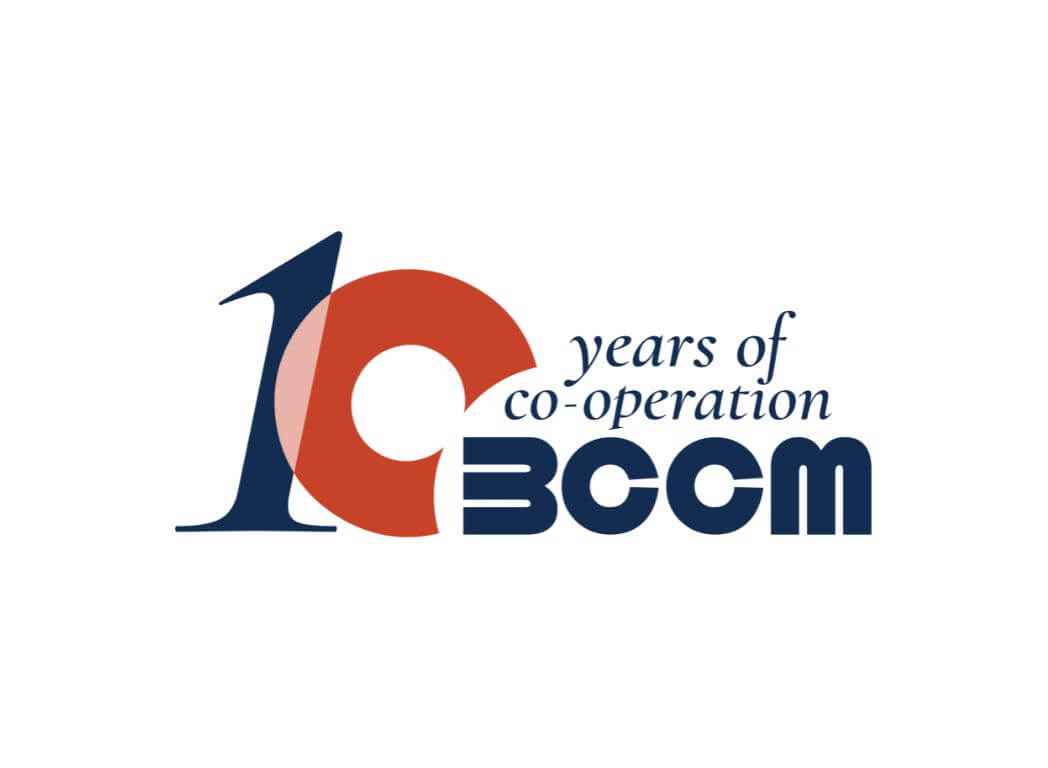Legacy assets
A strong economy: It’s every Australian’s business
Over generations of members, co-operatives and mutuals have built up assets for the benefit of their communities. The management of legacy assets is essential for co-operatives and mutuals, especially given the temptations they offer to demutualisers; in those jurisdictions where legacy assets are not available for distribution, demutualisation is less common. In 2023, the UK Parliament enacted legislation permitting co-operatives and mutuals to opt in, through a member vote, to a permanent statutory lock on legacy asset distribution.
The BCCM has proposed similar legislation in Australia to preserve legacy assets for their intended purpose and prevent asset raids, granting members control over asset allocation upon solvent dissolution and prohibiting capital distribution to members beyond what they have contributed. For federally registered co-operatives and mutuals, this would require amending the Corporations Act, building upon the 2019 reforms to define a mutual entity for the first time. Similar amendments would be required to provide this option to co-operatives registered under Co-operatives National Law. The 2024 bipartisan Better Competition, Better Prices report noted the BCCM’s call for these reforms.
Any legislative reform will permit each co-op or mutual to decide whether to opt in to legacy asset protection. Cultivating an awareness of the founding purpose of a co-op or mutual among the board and membership will be critical in supporting them to decide on whether to opt in. Further, education about the history and purpose of co-operative and mutual movement as a whole will be important to allow boards and members to evaluate the options.
Legacy assets in mutuals
- Legacy assets are the amount remaining after deducting a co-operative or mutual’s (CME) total liabilities from its total assets, including repayment of any members’ capital. These assets are built up over many years through retained profits and constitutes the working capital of mutuals.
- The presence of these assets makes CMEs attractive to demutualisers, who wish to access the value, even though they have not invested in its creation.
- In those jurisdictions where legacy assets are not available for distribution, demutualisation is less common and consequently, large CMEs maintain their member ownership, reflecting significant mass in a range of markets. This improves competition and choice for consumers and diversifies risk in those economies.
- In 2023, the UK Parliament passed legislation to enable mutuals to opt into a statutory lock on the distribution of legacy assets.
- Australian Federal Mutuals could similarly benefit from such legislation, which should be introduced in the Federal Parliament. This is non-controversial, has bi-partisan support and could be simply included in an omnibus Bill.
The impact of demutualisations in the past has been to the detriment of members, particularly over the longer term. Demutualisation alters the corporate purpose so it will instead be focussed on delivering value to investor shareholders.
In most demutualisations, the proposers’ stated rationale for the conversion is that they needed additional capital to develop the business. However, the actual experience of demutualisation is that most businesses soon ceased to trade as independent entities as they were merged into larger consolidated groups.
The Australian insurance and banking industry is a good example of this and has suffered a major loss of diversity through demutualisation, with many former mutuals now a part of larger merged listed businesses. (e.g. see RBA Bulletin January 1999)
The truth is that it was always the presence of legacy assets that attracted demutualisers, who wish to access these without paying a full market value.
In some countries, legislation prohibits the distribution of such capital. Instead, it must be used for the purpose intended by the original founders or otherwise transferred to a different CME to fulfil this objective. In those jurisdictions where legacy assets are not available for distribution, demutualisation is less common and as a consequence, large CMEs maintain their member ownership, reflecting significant mass in a range of markets. This improves competition and choice for consumers and diversifies risk in those economies.
In Australia, there are no legislative restrictions on the distribution of assets and as a result, waves of demutualisation have occurred, starting in the late 1980s and 1990s. In order to protect legacy assets and the purpose of the business, CMEs often adopt constitutions which require a high threshold member vote to permit a transfer of ownership. This works to an extent as a deterrent to demutualisation but is vulnerable to rule changes.
Voluntary legislation can ensure that these legacy assets are preserved for the purpose they were intended and not the subject of asset raids. It would empower members to decide what should happen to assets on a solvent dissolution and prohibit capital distribution beyond what members have contributed. Demutualisation would not be prohibited by such legislation but removing the current incentives to convert would ensure that it only happened in the businesses’ interests.
In a proprietary company, the share value represents an individual’s capital investment in the company. Shareholders invest money according to the value of the company. Shares can be traded, and their value fluctuates with that of the company. Shareholders benefit from dividends on their investment and hope for an appreciation in their share value.
In a mutual, ownership comes from membership which is based on acquiring a product or service from the company, rather than by contributing capital. Their investment in a share is nominal and typically $10 and members typically cannot trade their interests in the mutual. CMEs distribute profits through bonuses, or reduced charges and enhanced services. Profits are re-invested in the organisation; the accumulation of reserves in this way is the main avenue available to mutuals to build capital.
This creates a legacy asset, to which no member has contributed, except through their trading.
The presence of legacy assets makes CMEs attractive to demutualisers, who wish to access the value, even though they have not invested in its creation.
This matters because successful CMEs will always be a target, challenging stability and growth. The ever-present threat of demutualisation is a time consuming and disruptive distraction for CMEs. In some cases, the debate around mutual ownership is constant, as a minority of current members seek to cash out the business legacy assets in their personal favour. This process takes valuable attention away from growing a successful business. The result is smaller and less effective CMEs.
CME rules can place temporary barriers against such demutualisation, but they cannot prevent a determined effort to change the rules from external raiders who can influence managers, boards or groups of members.
External raids are also common, from soft contact from potential buyers through to outright hostile raids, often led by investment banks or other private equity. These are destructive and work to reduce corporate diversity, customer choice, competition and ultimately fairness.


